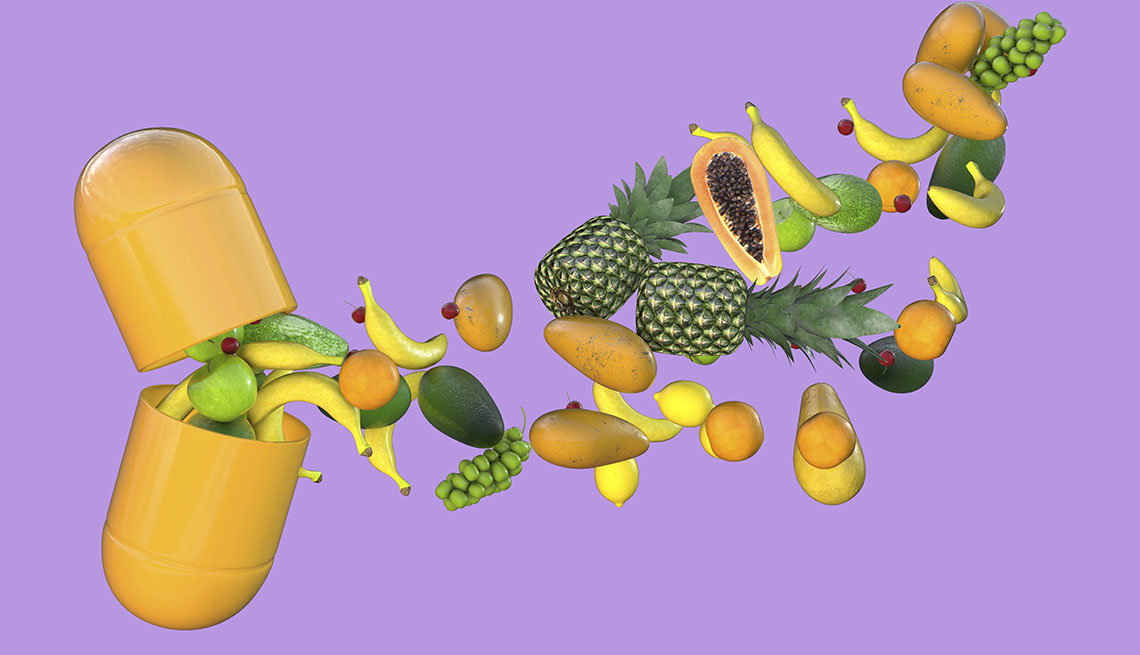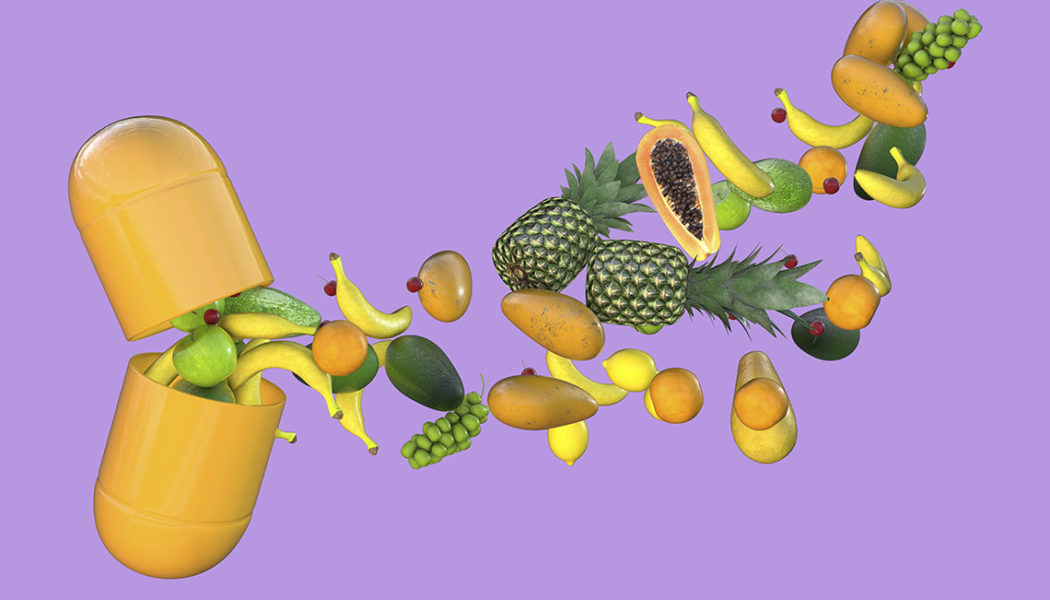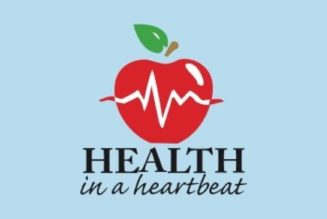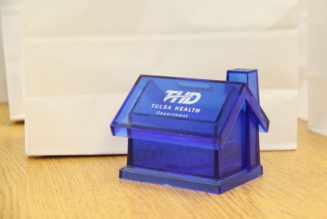
4. Omega-3s
Some studies have linked omega-3 fatty acids, found in foods like fish and flaxseeds, to improved brain health. In addition, some research done in middle-aged and older adults has shown that omega-3s may have benefits for heart health, “both in terms of triglycerides or lipids and perhaps with a modestly lower risk of cardiovascular disease,” says Sesso. This can be helpful, as heart disease remains the leading cause of death in American adults and is more common in people over the age of 65.
“The body cannot make omega-3s, so we have to get them from food such as fatty fish or supplements,” explains Marisa Moore, a registered dietitian nutritionist and author of The Plant Love Kitchen.
How to get enough: After age 50, men should aim for 1.6 grams a day and women should consume 1.1 grams daily. Levine suggests getting this through salmon, walnuts, chia seeds, flaxseeds or anchovies. “If someone eats fish, three, four times a week, they’re probably getting enough, unless the doctor does blood work and notices that triglycerides are up or there’s another reason to be on omega-3 supplements on a regular basis,” says Pouya Shafipour, M.D., a board-certified family and obesity medicine physician, of Providence Saint John’s Health Center in Santa Monica.
If you’re taking an omega-3 supplement, make sure to ask your doctor for the specific dose you should be taking, as consuming too much can cause side effects. “Omega-3 supplements thin the blood,” Shafipour says. “So if someone is at risk of falling and bruising, or if they are on blood thinners for heart issues or stroke prevention, then we have to make sure they’re not overloading, because they could be losing a lot [and] then it can increase risk of bleeding.”
5. Fiber
“Most of us get only about half the recommended amount of fiber daily,” says Amy Fox, a certified nutritionist and founder of Food & Mood Lab. “As we age, our digestive system slows down, which can lead to constipation and weight gain,” she says. Fiber can keep you regular and comes with additional health benefits, like lowering your risk of diabetes and some types of cancer. And one of fiber’s greatest benefits, adds Fox, is related to cardiovascular health. Several studies have found that people who eat the most fiber have a lower risk for heart disease. “High fiber intake — particularly soluble fiber, the kind that dissolves in water and includes plant pectin and gums — seems to protect against several heart-related problems,” Fox explains.
How to get enough: The U.S. Dietary Guidelines recommend women older than 50 consume about 22 grams a day, and men 28 grams. A half-cup of bran cereal contains about 10 grams. Additional sources are legumes (a half-cup cooked serving has 7 to 8 grams) and fruit like apples (one apple, with skin, has 4.8 grams) and raspberries (1 cup has 8 grams). Nuts, seeds and vegetables, including broccoli, brussels sprouts and sweet potatoes, are also great sources.
6. Vitamin D
“Vitamin D is known as the sunshine vitamin because our bodies can produce it when exposed to sunlight,” says Core. But spending less time outdoors or wearing clothes that cover more of the skin can make it more difficult for older adults to get enough vitamin D from the sun alone. The fact that adults over age 65 are the most prone to skin cancer adds to this difficulty.
Vitamin D helps the body absorb calcium, which is especially important as we age since it’s essential for maintaining strong, healthy bones. It’s also important in the healing of fractures and possibly metabolic function.
How to get enough: This nutrient is found in some foods, like salmon, tuna and other fatty fish. However, Shafipour notes that adequate amounts are not easily obtained through diet alone.
“Certain high-calcium foods are supplemented with vitamin D to increase calcium absorption, so adults over the age of 50 should include foods such as fortified dairy milk or fortified plant-based dairy alternatives to take in more vitamin D,” says Core. Adults up to age 70 need 600 IU of vitamin D every day, and those 71 and older need 800 IU, according to the NIH. One 3-ounce serving of salmon offers approximately 450 IU of vitamin D, and a cup of whole milk has approximately 120 IU. To obtain enough vitamin D through food, adults should aim to consume four servings of dairy foods per day, and include fatty fish twice per week or more, Core explains.
Many people, especially older adults, are deficient in vitamin D. “All of my patients – I have seen tens of thousands to date – I see are low or deficient in serum vitamin D3 unless [they are] supplementing with D3, and even those supplementing typically are not maintaining optimal levels,” McClain says. It’s a good idea to have your levels checked by your physician, who can advise on foods to eat or supplements to help you reach an adequate daily level.









